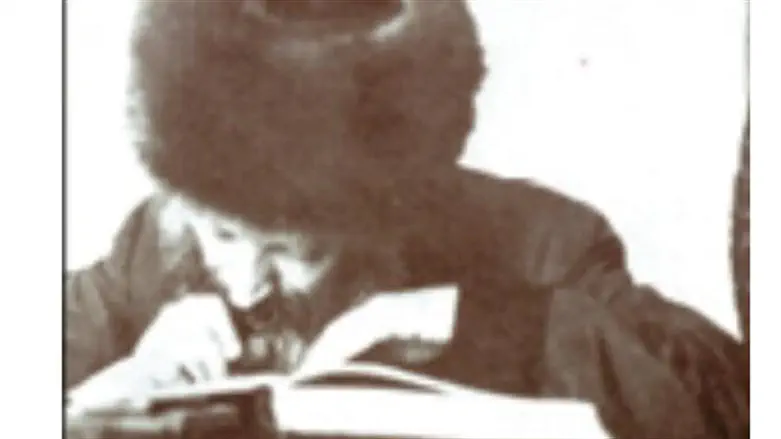
The celebrated first Chief Rabbi of pre-state Israel, Rav Avraham Yitzchak HaCohen Kook (1865-1935) is recognized as being among the most important Jewish thinkers of all time. His writings reflect the mystic's search for underlying unity in all aspects of life and the world, and his unique personality similarly united a rare combination of talents and gifts.He was the undisputed leader of Religious Zionism, defining the Jewish People and the Land of Israel as entities with specific commandments in the Torah of Israel, a construct known as Torat Eretz Yisrael.
Rav Kook was a prominent rabbinical authority and active public leader, but at the same time a deeply religious mystic. He was both Talmudic scholar and poet, original thinker and saintly tzaddik.
Arutz Sheva brings you his thoughts as adapted by Rabbi Chanan Morrison and others.
Rav Kook was a brilliant kabbalist, but as a rule he refrained from employing kabbalistic terminology in his writings. He crafted his prose in a modern, philosophical style, interweaving references to biblical and rabbinic sources. The underlying concepts were certainly influenced by kabbalistic insights, but on the whole, these sources are hidden from the eyes of the reader.
Yet there is one exception. His work ReishMillin, which analyzes the mystical significance of the Hebrew letters, is clearly a kabbalistic work.
What induced Rav Kook to compose this overtly mystical tract?
Faith in a Turbulent World
In the winter of 1917, Rav Kook was stranded in London, far away from his beloved EretzYisrael. Europe was undergoing a brutal and devastating world war. Amid the harrowing tumult of enemy airships bombing the city, Rav Kook would pour out his heart as he prayed in the cellar of the Mahzikei HaDath synagogue, which served as a bomb shelter for the neighborhood.
During such eras of cruelty and suffering, when, in Rav Kook’s words, “life has plummeted to pits teeming with the darkest evil and ruin,” our faith in the inherent goodness of the world wavers. Our trust in humanity is deeply shaken.
At such trying times, we stand dumbfounded as we grapple with the turmoil of a turbulent world. The conventional studies of “Nigleh” - Talmud and Halakhah - prove inadequate in sustaining our spiritual equilibrium. Regular Torah studies that address the laws of a functioning and orderly society are unable to maintain our sense of balance in a terrifying and chaotic world.
It is at times like this that one feels the need to turn to esoteric Torah, to “the inner perspectives that soar above and beyond life’s revealed surface, to places unsullied by the world’s chaos.”
The refuge of mystical Torah, however, is not an escape from reality.
From this wellspring of esoteric wisdom, we are able to revitalize the dry bones of the realm of conventional studies. Through the teachings of mystical Torah, we regain awareness of the world’s spiritual foundations, of God’s ever-present providence, of a light that is difficult to discern during times of darkness.
In ReishMillin, Rav Kook analyzed each of the 22 Hebrew letters, explaining how each letter embodies a fundamental Divine force. Collectively, these letters portray the progression of God’s creation and oversight of the universe.
The Shelter of Eternal Mysteries
In the chapter of Orot HaTorah that discusses the study of mystical Torah, Rav Kook wrote:
“At times, the soul grows weary of the confines of exact sciences, the limited aspirations of narrow disciplines. The emergence of their various movements exposes their ugliness and repugnance. We find shelter from this storm in the pure shade of eternal mysteries and holy wonders, as we probe the secrets of Torah...
Sunlight breaks forth in strength, shining justice and healing. The light radiates, illuminating all who look upon it. And we live once again. (Orot HaTorah 10:9)
(Adapted from the addendum to Reish Millin, send to Arutz Sheva by Rabbi Chanan Morrison, ravkooktorah.org)

